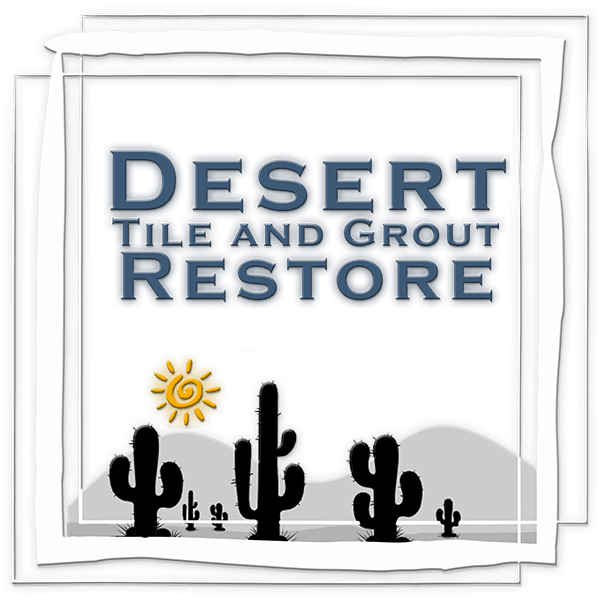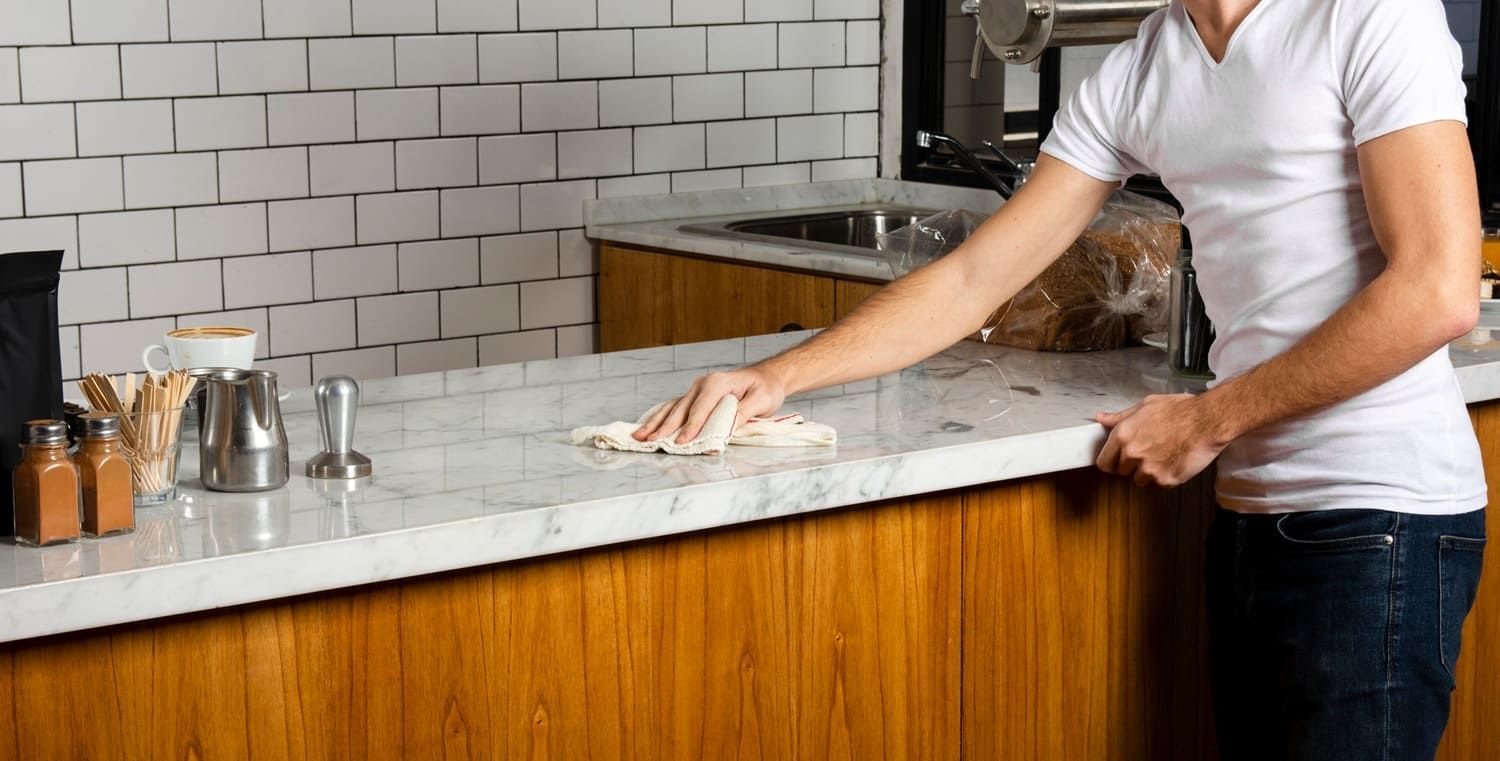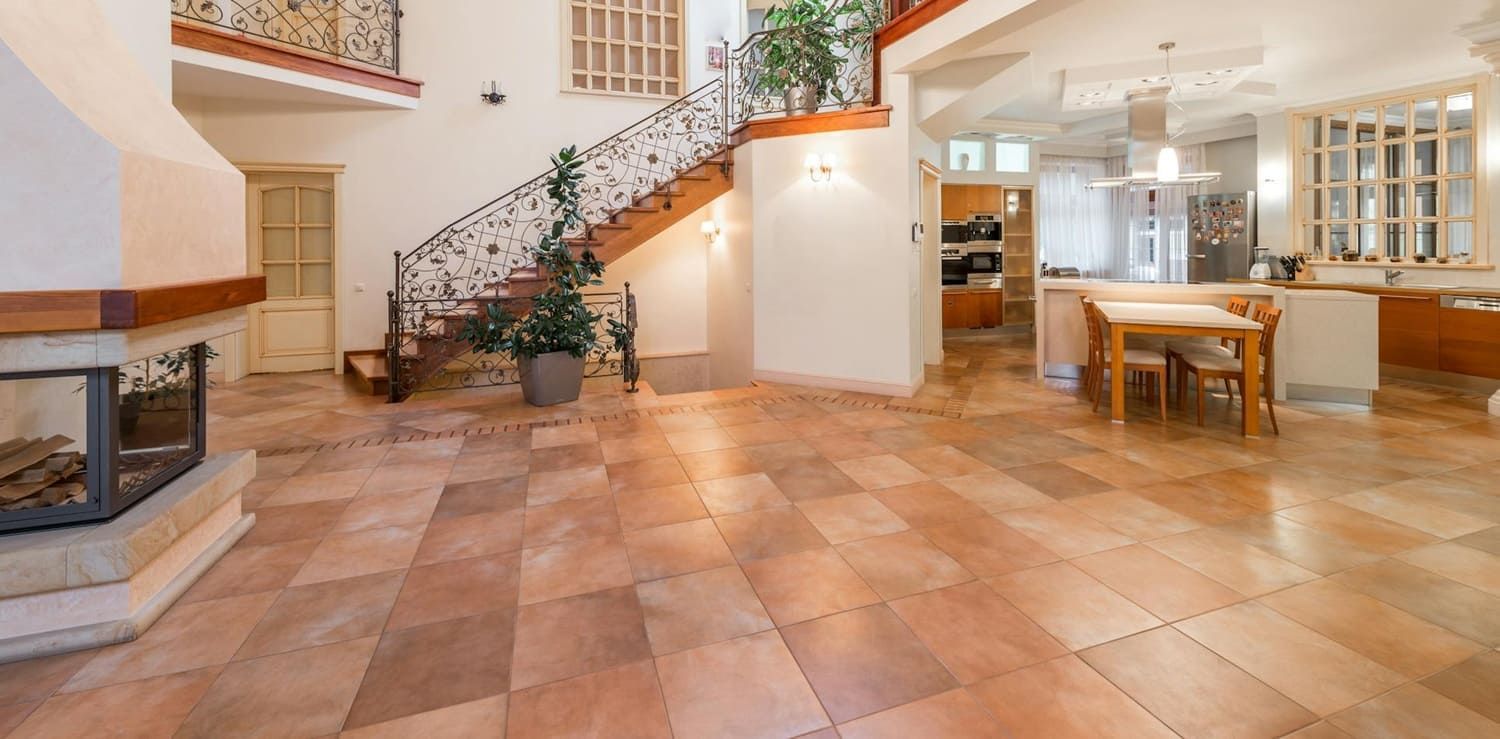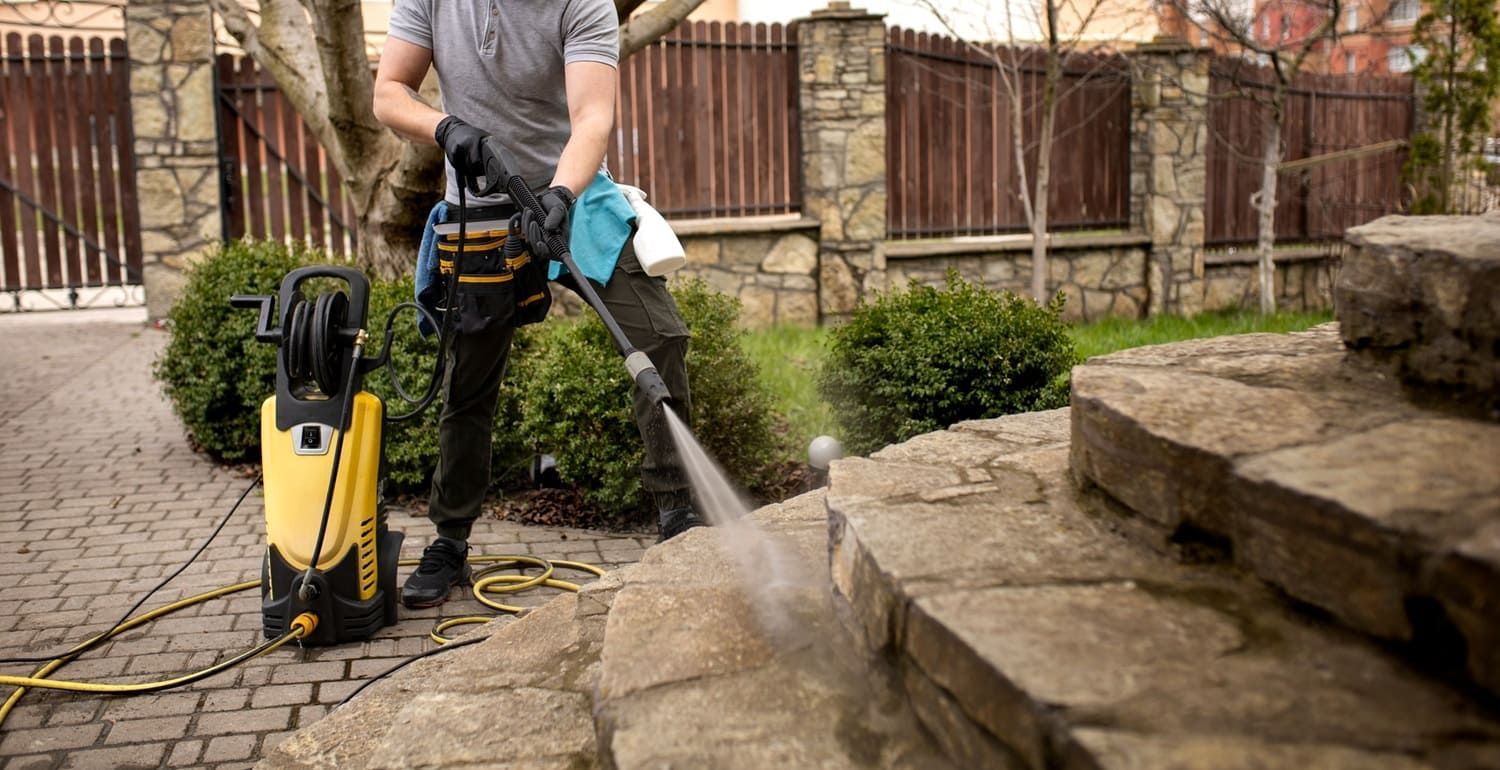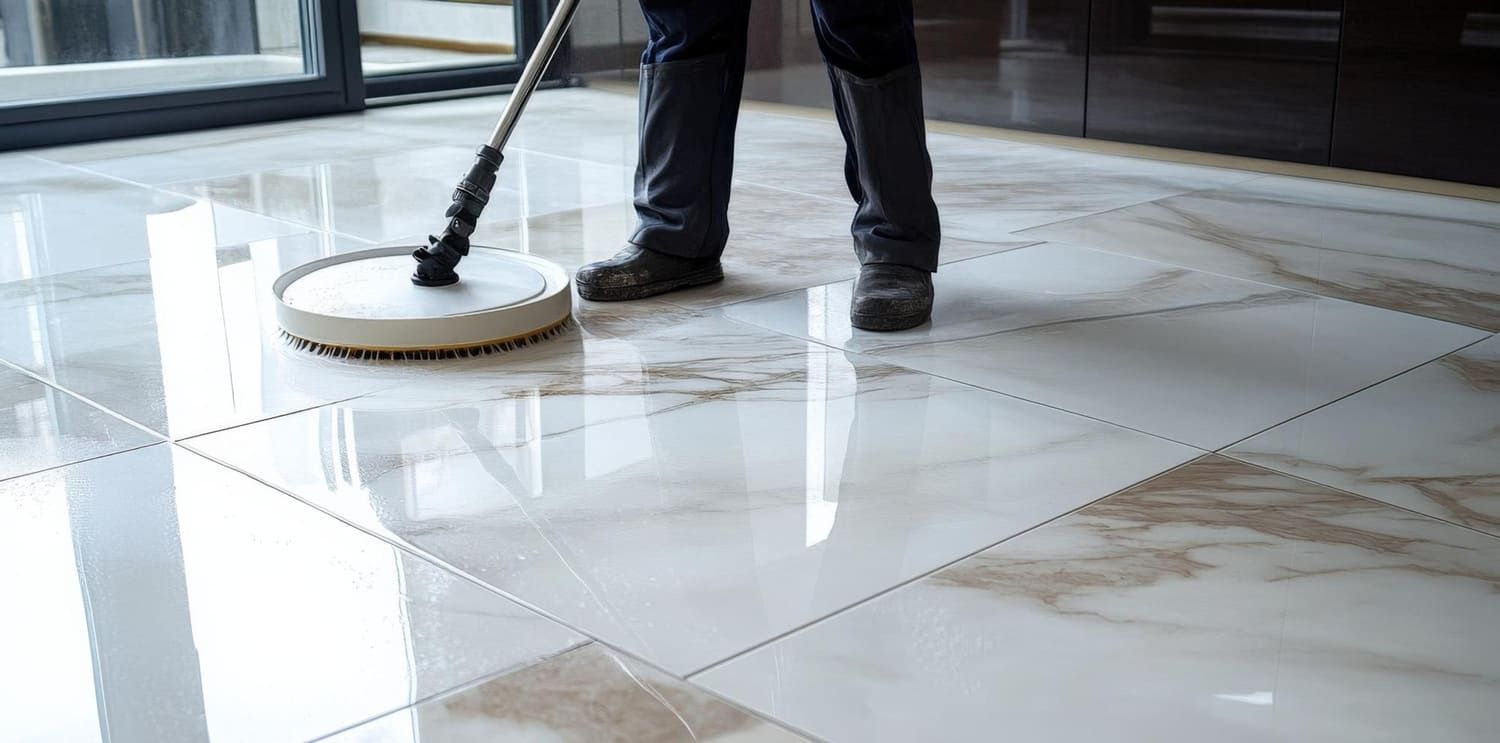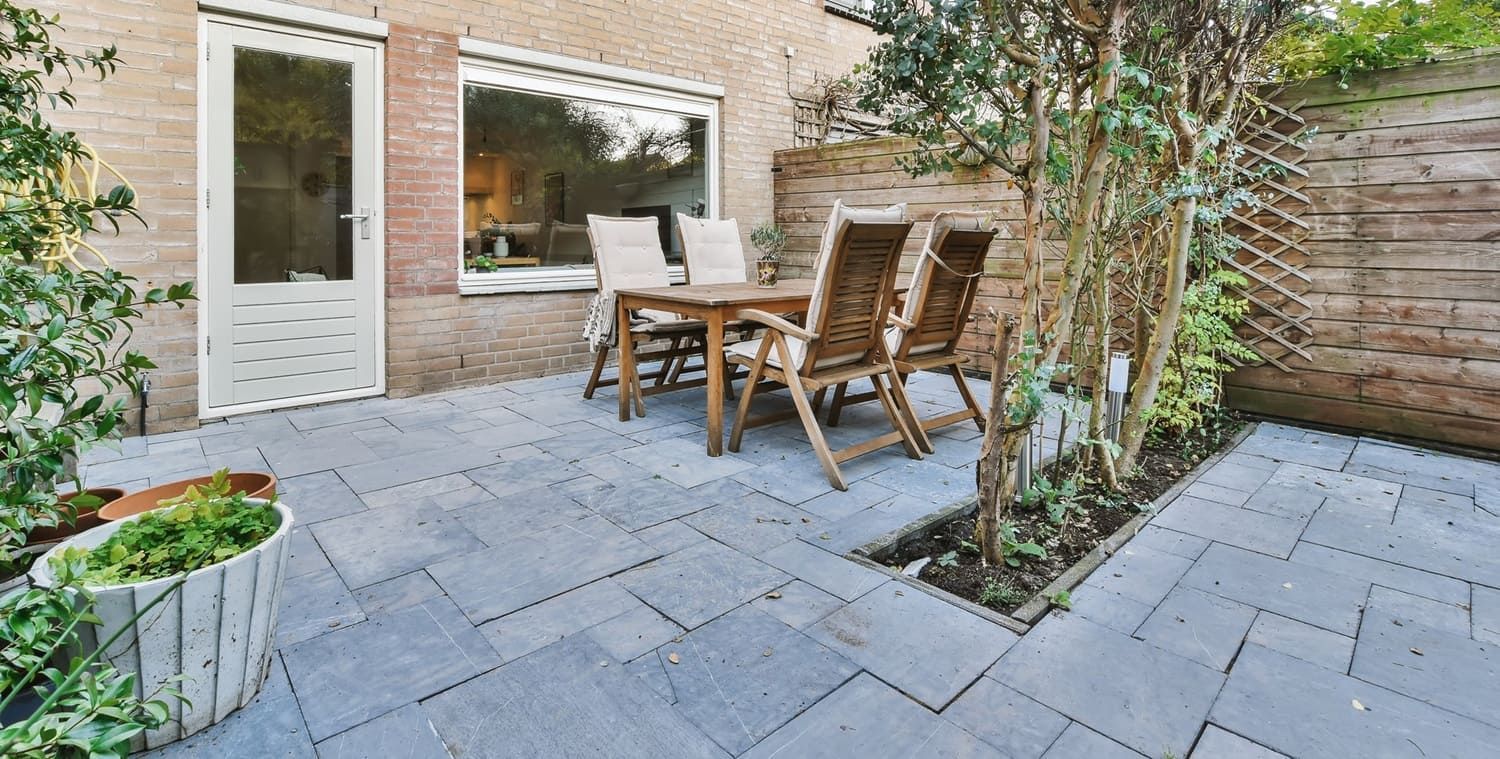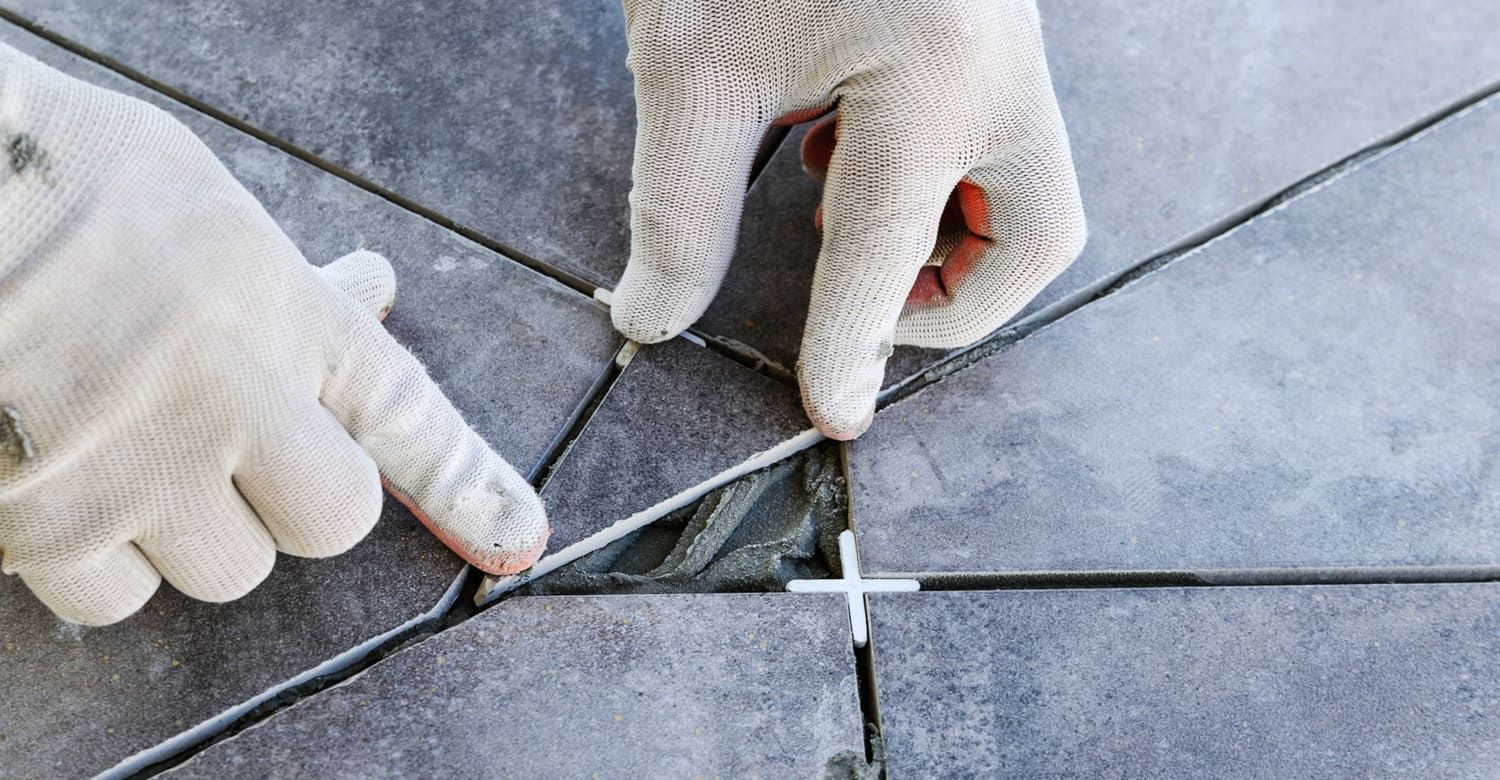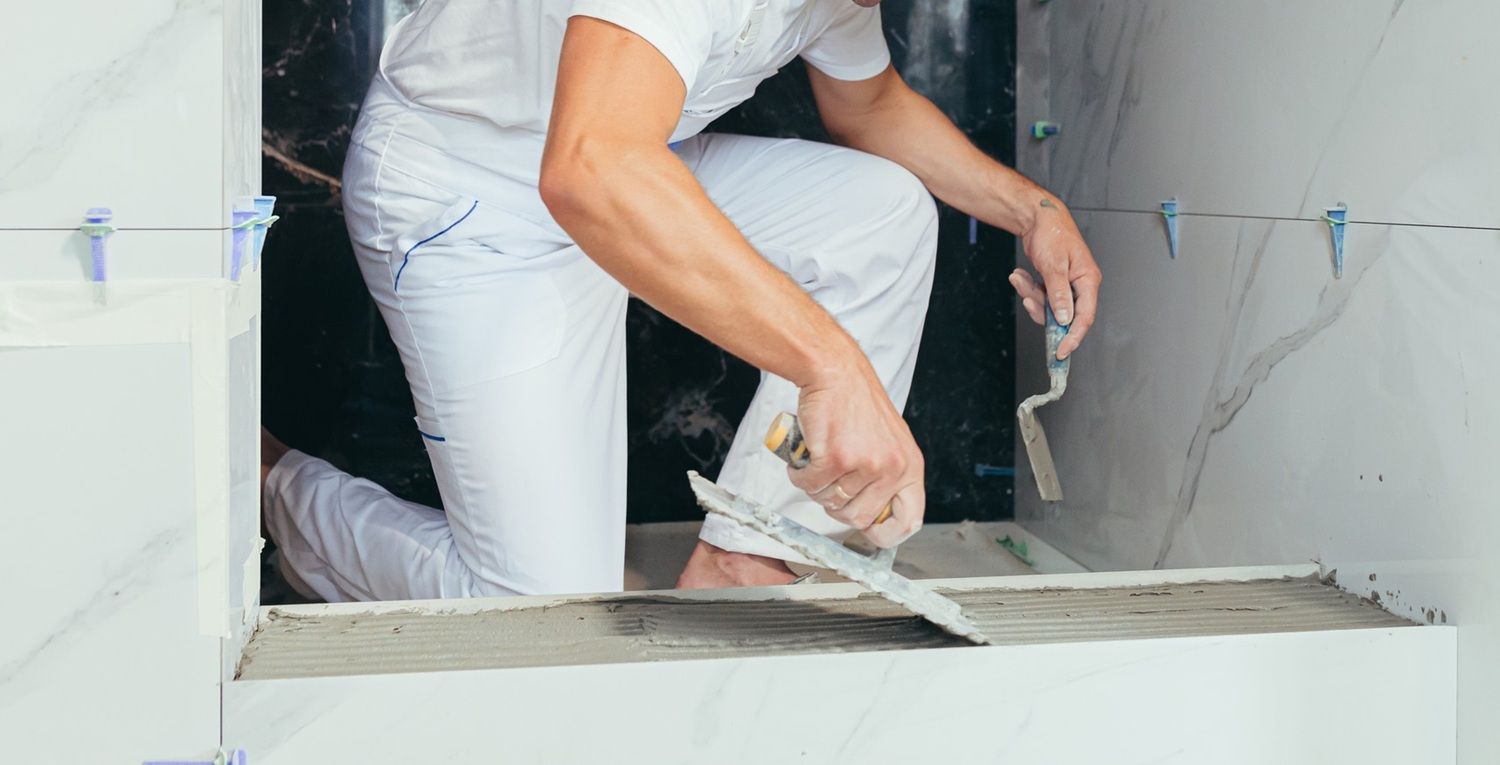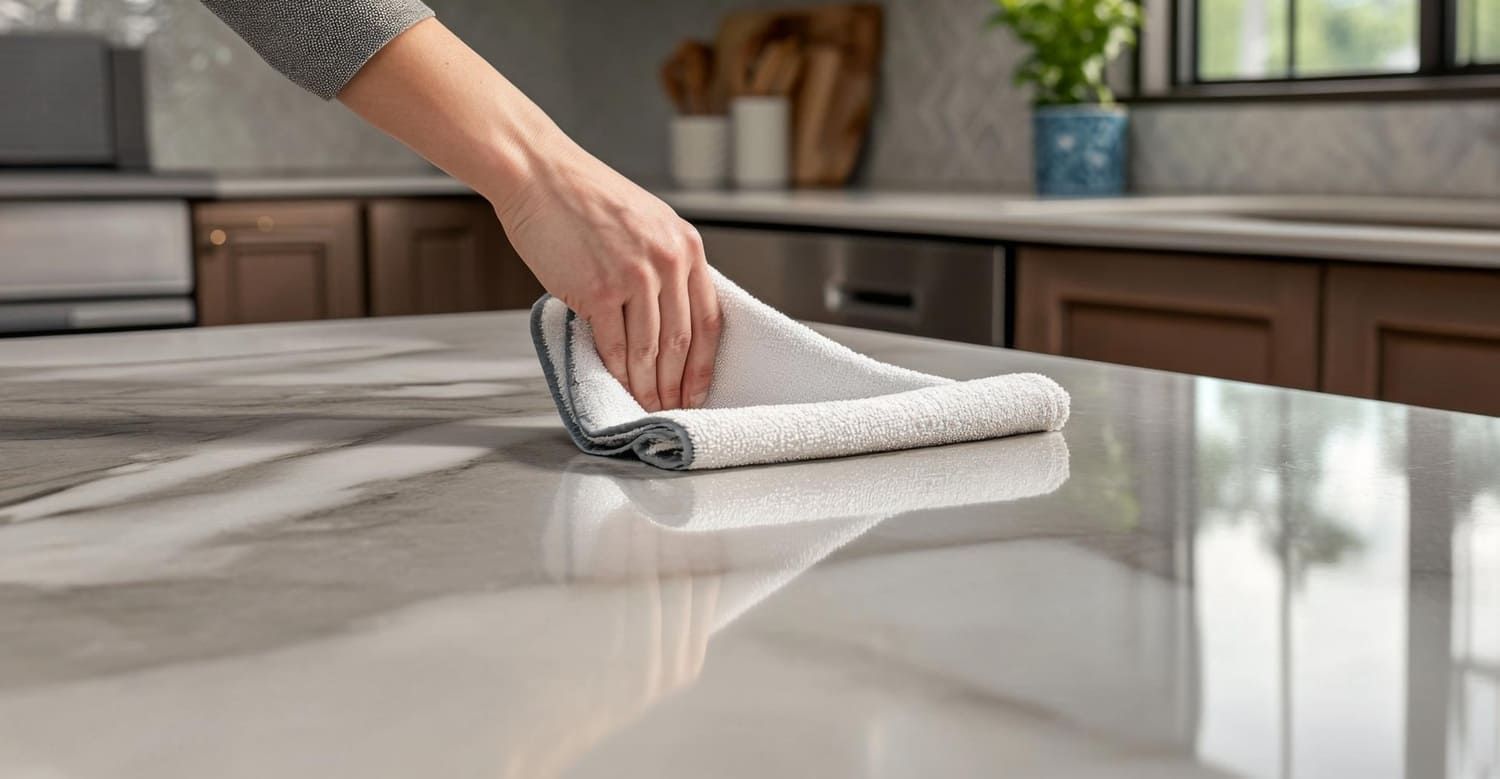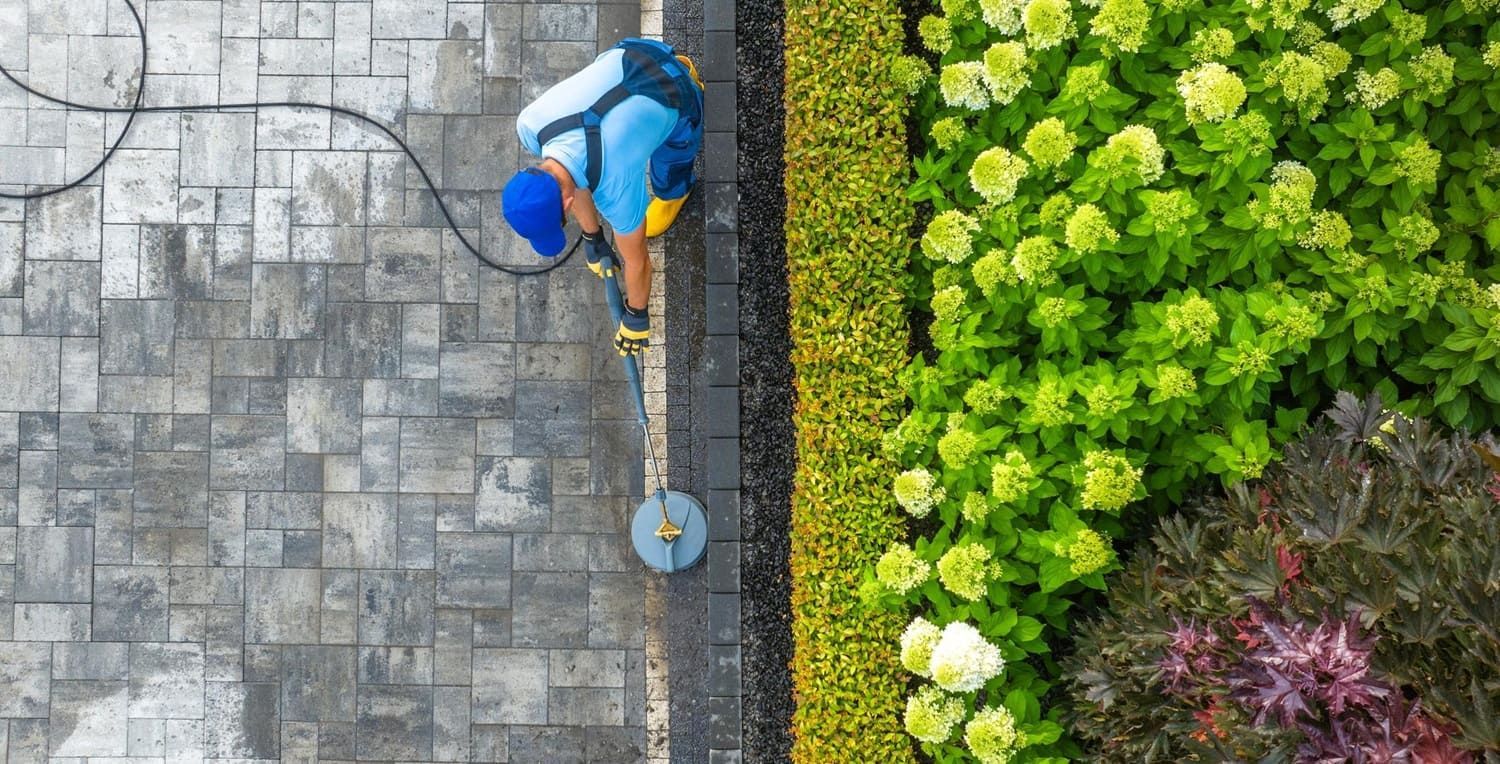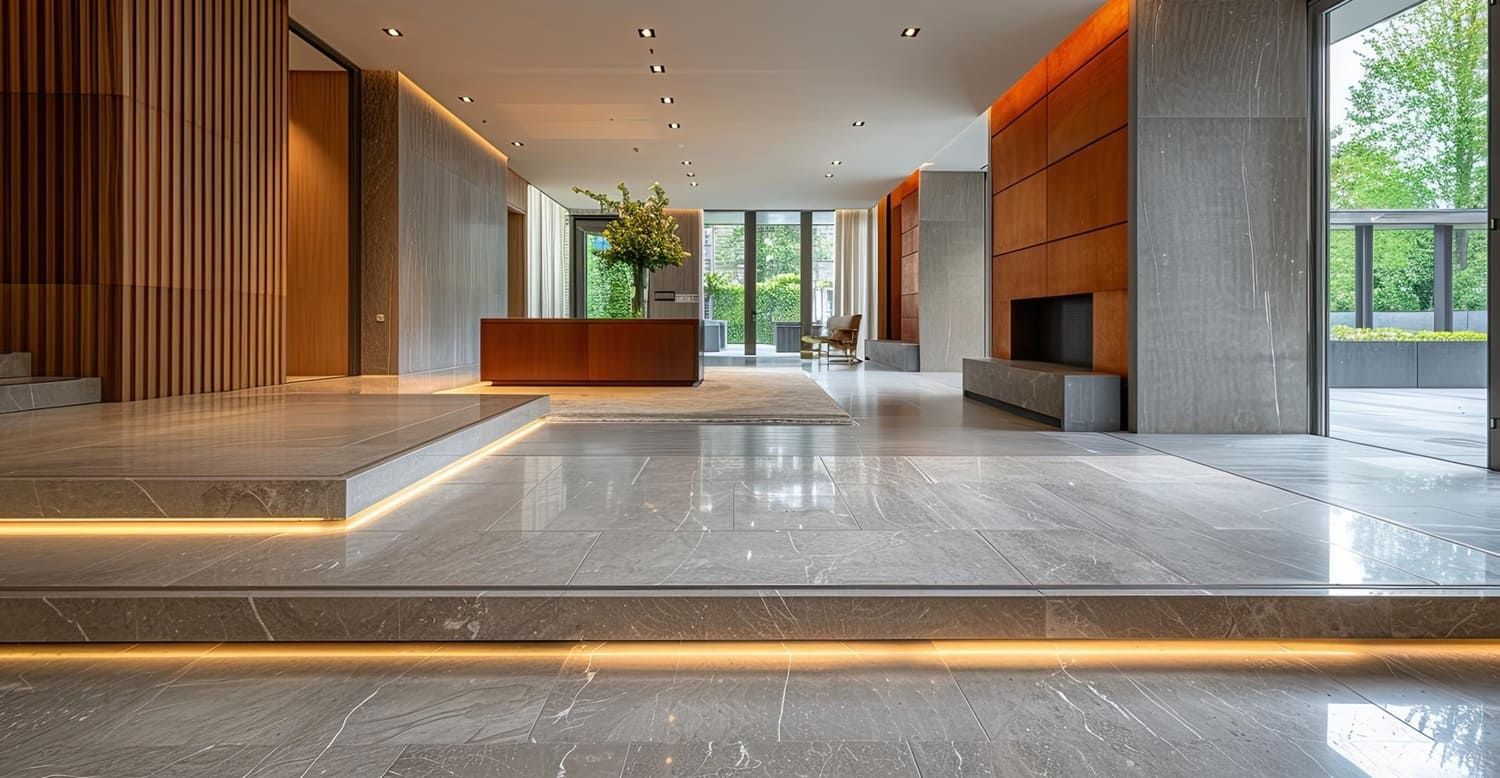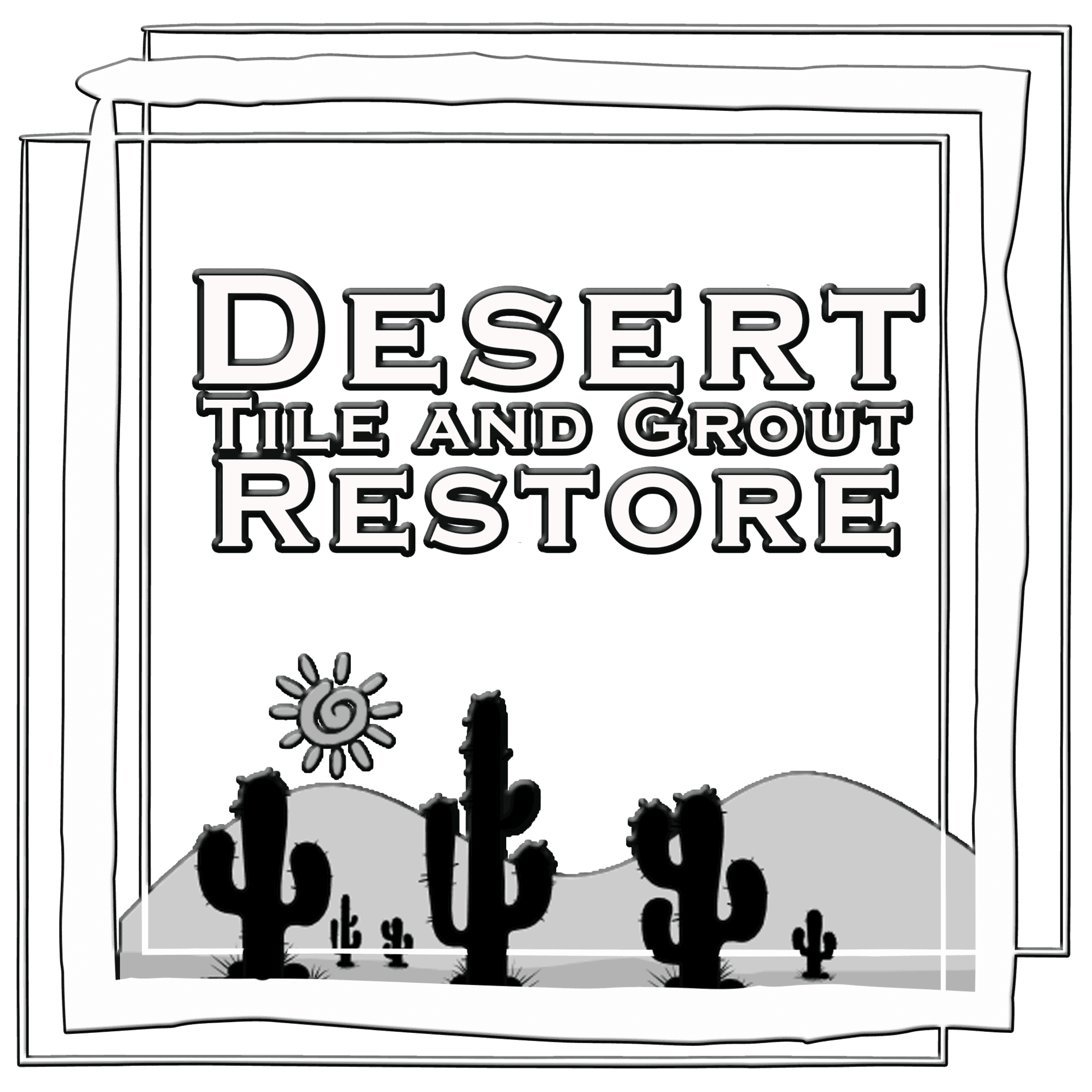ARIZONA'S BEST STONE, TILE, AND GROUT CLEANING SERVICES
How to Protect Your Floors After Restoration
Restoring your floors can bring new life and vibrancy to your home, but keeping them in pristine condition requires ongoing care and attention. After investing time and resources into floor restoration, it's crucial to implement strategies that protect your floors from potential damage. This comprehensive guide will provide you with essential tips and tricks to ensure your floors remain in excellent shape for years to come. Understanding how to maintain your floors not only preserves their aesthetic appeal but also enhances the overall value of your property.
Floor protection is vital to maintaining the beauty and longevity of your restored floors. Without proper care, your floors can quickly succumb to scratches, dents, and stains, diminishing the aesthetic appeal and structural integrity. By implementing effective floor protection strategies, you can safeguard your investment and enjoy the beauty of your floors for years to come. Furthermore, well-maintained floors contribute to a healthier living environment by reducing dust and allergens, creating a more comfortable home.
The importance of floor protection extends beyond mere aesthetics. Floors are subjected to daily wear and tear, and over time, this can lead to significant damage if not properly managed. Protecting your floors also means reducing the need for costly repairs or replacements in the future. By understanding the specific needs of your flooring type, you can tailor your protection strategies to ensure maximum effectiveness and longevity.
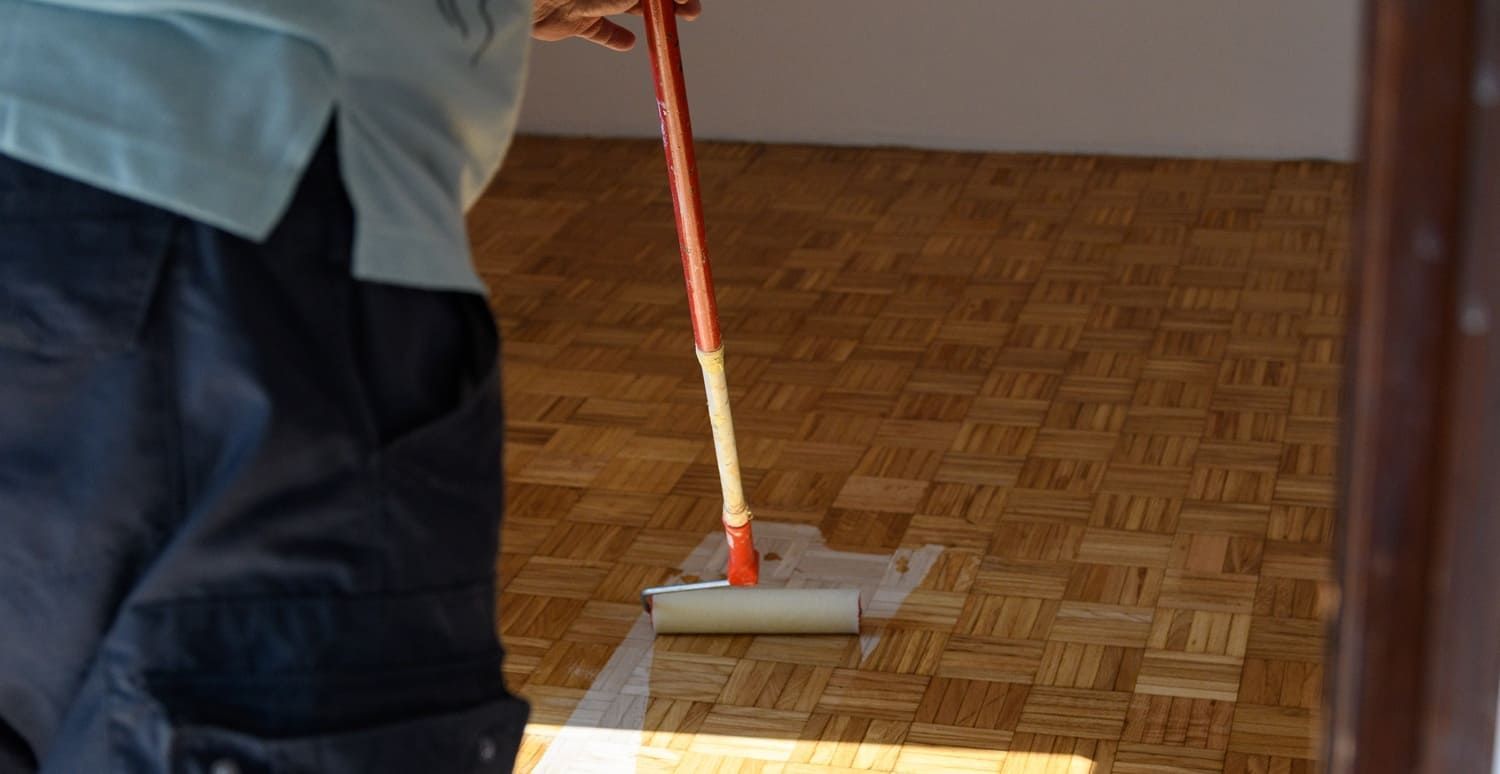
Essential Floor Protection Tips
Regular Cleaning and Maintenance
Keeping your floors clean is the first step in protecting them. Dirt, dust, and debris can act like sandpaper, scratching and dulling the surface over time. Regular cleaning not only maintains the appearance of your floors but also prevents the accumulation of substances that can cause long-term damage.
- Sweep or Vacuum Regularly: Use a soft-bristle broom or a vacuum with a hardwood floor attachment to remove dirt and debris. Regular sweeping or vacuuming prevents the buildup of particles that can scratch the surface.
- Use a Damp Mop: Clean your floors with a damp mop and a floor cleaner specifically designed for your type of flooring. Avoid soaking the floor, as excess water can cause damage. It is important to follow the manufacturer's instructions for cleaning products to avoid chemical reactions that could harm the floor.
- Address Spills Immediately: Wipe up spills as soon as they occur to prevent stains and water damage. Quick action can prevent liquids from seeping into the floor and causing warping or discoloration.
Use Furniture Pads and Rubber Tips
Furniture can be one of the biggest threats to your restored floors. Moving chairs and tables can cause scratches and dents, so it's essential to use protective measures. The weight and movement of furniture can easily damage unprotected floors, leading to costly repairs.
- Furniture Pads: Attach felt or rubber pads to the bottom of furniture legs to prevent scratches and dents. These pads are available in various sizes and can be easily attached with adhesive. Regularly check and replace these pads as they wear down over time.
- Rubber Tips for Chairs: Consider using rubber tips on chair legs. They provide excellent floor protection and help reduce noise when chairs are moved. Additionally, they offer a more stable grip on slick surfaces, reducing the risk of accidental slips.
Area Rugs and Mats
Strategically placing area rugs and mats can significantly reduce wear and tear on your floors. Not only do they add a decorative element to your space, but they also serve as a functional barrier against dirt and damage.
- Entryway Mats: Place mats at all entrances to trap dirt and moisture before they reach your floors. This simple step can drastically reduce the amount of debris that enters your home.
- Rugs in High-Traffic Areas: Use area rugs in hallways, living rooms, and other high-traffic areas to protect the floor from constant foot traffic. Rugs absorb the impact of footsteps, reducing wear on the floor surface.
- Non-Slip Rug Pads: Always use non-slip pads under rugs to prevent them from sliding and causing accidents. These pads not only keep the rugs in place but also provide additional cushioning and protection for your floors.
Control Indoor Humidity
Excess humidity can cause wood floors to expand, while low humidity can cause them to contract and crack. Maintaining the right humidity level is crucial for the stability of your floors.
- Use a Humidifier: In dry climates or during winter months, use a humidifier to maintain the ideal indoor humidity level (between 35% and 55%). This helps prevent cracking and splitting of wooden floors.
- Dehumidifier in Humid Conditions: Conversely, use a dehumidifier in humid conditions to prevent excessive moisture from damaging your floors. Keeping humidity in check prevents mold growth and preserves the integrity of your flooring materials.
Protecting Against Sun Damage
Prolonged exposure to direct sunlight can fade and discolor your floors. To protect them, it's essential to manage the amount of sunlight that reaches your floors.
- Use Curtains or Blinds: Install curtains or blinds on windows to block direct sunlight during peak hours. This not only protects your floors but also helps to regulate indoor temperatures.
- UV-Resistant Film: Consider applying a UV-resistant film to windows to reduce the impact of harmful UV rays. This film can significantly cut down on sunlight exposure without sacrificing natural light.
- Rearrange Furniture Periodically: Change the position of rugs and furniture to ensure even exposure to sunlight across the floor. This prevents uneven fading and helps maintain a consistent look throughout the room.
Choosing the Right Floor Protection Products
When selecting floor protection products, it's essential to consider the type of flooring you have and the specific needs of your household. Choosing the right products ensures that your floors are effectively protected without causing unintended damage.
Hardwood Floors
- Floor Cleaners: Use pH-neutral cleaners specifically designed for hardwood floors. These cleaners maintain the natural beauty of the wood without stripping away protective finishes.
- Wax and Polish: Consider applying a high-quality wax or polish to add an extra layer of protection and shine. This not only enhances the appearance but also provides a protective barrier against scratches and spills.
Tile Floors
- Grout Sealer: Apply a grout sealer to protect against stains and moisture. Sealing grout lines prevents water from seeping in and causing discoloration or mold growth.
- Tile Cleaner: Use a cleaner designed for tile floors to maintain their luster. Regular cleaning prevents soap scum and mineral deposits from dulling the tile surface.
Laminate Floors
- Laminate Floor Cleaner: Choose a cleaner specifically formulated for laminate to avoid damage. Using the wrong cleaner can result in streaks or a cloudy finish.
- Avoid Waxing: Do not use wax or polish on laminate floors, as it can cause a dull finish. Laminate floors have a protective layer that does not require additional waxing.
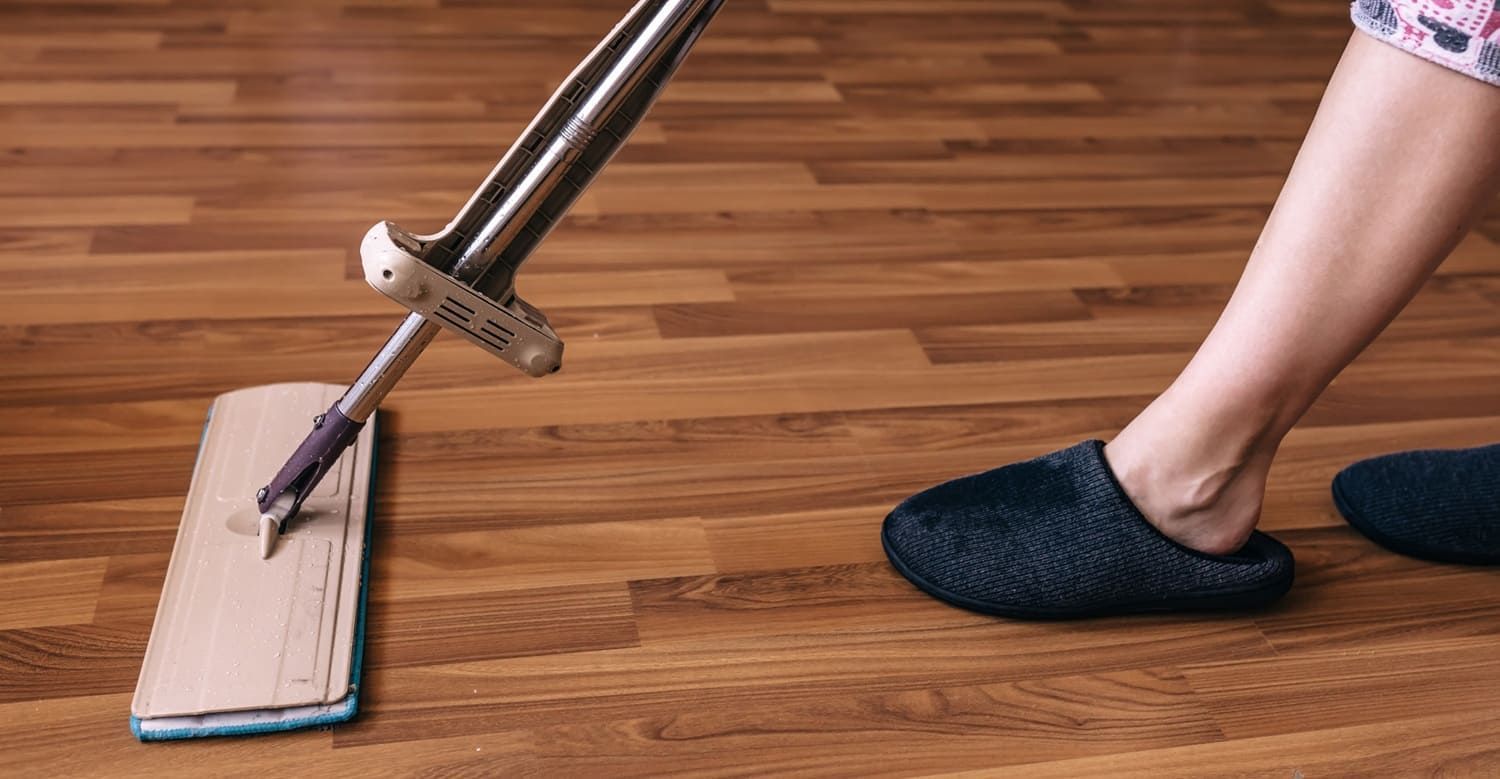
Long-Term Floor Protection Strategies
In addition to daily maintenance, consider these long-term strategies to protect your floors. Proactive measures ensure that your floors remain in top condition and reduce the risk of major issues.
Regular Inspections
- Schedule Inspections: Regularly inspect your floors for signs of wear and damage. Early detection can prevent minor issues from becoming major problems. An annual inspection by a flooring professional can identify potential issues before they escalate.
- Document Changes: Keep a record of any noticeable changes or repairs. This documentation can be useful for warranty claims or when consulting with professionals about floor maintenance.
Refinishing and Recoating
- Professional Refinishing: Consider professional refinishing every few years to restore the finish and protect the wood. This process can revitalize the appearance of your floors and extend their lifespan.
- Recoating: Apply a new coat of finish to maintain the protective layer on your floors. This is a less intensive process than full refinishing and can be done more frequently to keep your floors looking fresh.
Professional Cleaning Services
- Deep Cleaning: Hire professional cleaning services periodically to perform a deep clean and address hard-to-reach areas. Professionals have access to specialized equipment and products that can enhance the cleanliness and appearance of your floors.
- Tailored Services: Choose cleaning services that are tailored to your specific floor type. This ensures that the correct methods and products are used, avoiding damage and maximizing protection.
Conclusion
At Desert Tile & Grout Restore, the best stone, tile, and floor refinishing & restoration experts serving Glendale, Scottsdale, Phoenix, and all of Maricopa County, we know that protecting your floors after restoration is essential to preserving their beauty and longevity. With the right products and techniques, you can keep your floors in excellent condition for years to come.
By combining regular maintenance with smart protective strategies, you safeguard your investment and ensure your home continues to look its best. From sealing and proper cleaning to using furniture pads and rugs in high-traffic areas, a little care goes a long way.
Contact Desert Tile & Grout Restore today for a free estimate, and let us help you extend the life of your beautifully restored floors—so you can enjoy comfort, elegance, and peace of mind for years to come.
FAQs About Protecting Floors After Restoration
What’s the best way to protect floors after restoration?
Start with routine cleaning, use of floor mats, furniture pads, and a no-shoes policy to maintain the restored finish and prevent scratches or wear.
How long should I wait before walking on newly restored floors?
Depending on the finish used, wait 24–48 hours before walking on the surface and up to 7 days before placing rugs or heavy furniture.
Do I need to seal my floors again after restoration?
If your floors were refinished or deep cleaned, sealing may be recommended—especially for porous surfaces like natural stone or unsealed tile.
Are area rugs safe to use after floor restoration?
Yes, but wait until the finish fully cures. Use breathable rugs without rubber backing to prevent discoloration or trapped moisture.
Should I use furniture pads on restored floors?
Absolutely. Adding felt pads to the bottom of chairs, tables, and sofas helps prevent scuffs and dents on newly restored surfaces.
What cleaning products are safe for restored hardwood or tile floors?
Use pH-neutral cleaners made for your specific floor type. Avoid harsh chemicals, vinegar, or bleach-based products that can damage finishes.
Can sunlight damage restored floors?
Yes, prolonged UV exposure can cause fading. Consider using window film, blinds, or UV-blocking curtains to protect your floors over time.
Is it okay to mop floors right after restoration?
Avoid wet mopping for several days. Once cured, use a lightly damp mop with a floor-safe solution as part of regular maintenance.
How often should I clean restored floors to maintain them?
Sweep or vacuum daily or weekly depending on traffic. Use a microfiber mop for deeper cleaning once a week or as needed.
Do I need to reapply finish or polish regularly after restoration?
In high-traffic areas, consider applying a maintenance coat or polish every 1–2 years, depending on the floor type and finish used.
What should I avoid placing on restored floors?
Avoid rubber-backed rugs, metal furniture legs, and abrasive mats, which can trap moisture or scratch the surface.
Are pets a concern for freshly restored floors?
Yes, keep pet nails trimmed and clean paws to avoid scratching or staining. Place mats under food and water bowls.
Can I use protective coatings to extend the life of restored floors?
Yes, floor wax, polyurethane refreshers, or sealers can extend the life of the finish when applied properly and as recommended.
How do I protect floors in high-traffic commercial areas after restoration?
Use entry mats, floor runners, regular maintenance, and re-coating schedules to preserve appearance and safety.
Is floor protection different for wood, tile, and stone surfaces?
Yes. Wood needs finish protection, tile may need sealing, and natural stone requires breathable, non-acidic products for long-term care.
Should I rearrange furniture regularly to reduce wear spots?
Occasionally shifting furniture can help distribute wear more evenly and prevent permanent indentations or discoloration.
How can I prevent water damage after floor restoration?
Quickly clean up spills, use rugs near sinks or entryways, and avoid steam mops or overly wet cleaning methods.
Do professional cleaning services help maintain restored floors?
Yes, periodic professional cleaning can extend the life of the restoration, especially for commercial or high-traffic environments.
Is waxing recommended after floor restoration?
Only if your flooring type and finish are compatible with wax. Many modern finishes don’t require wax and can be damaged by it.
Can kids or pets be in the room right after floor restoration?
Not immediately. Allow curing time as recommended by your contractor to ensure fumes dissipate and surfaces are safe to walk on.
